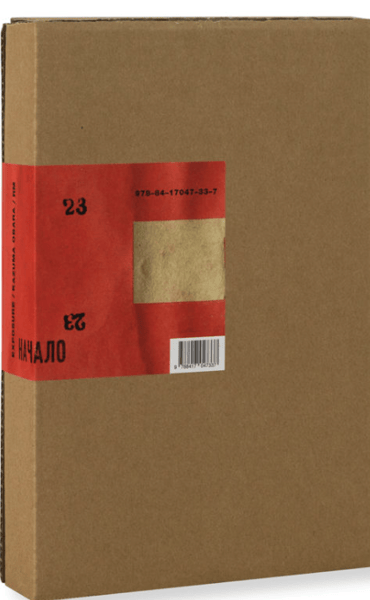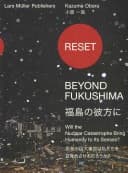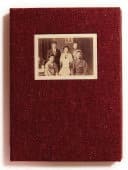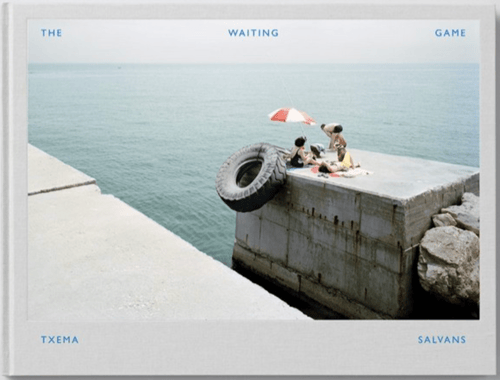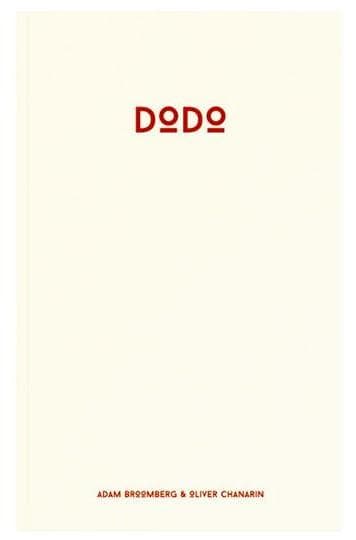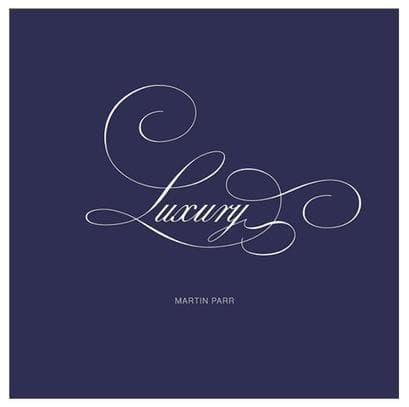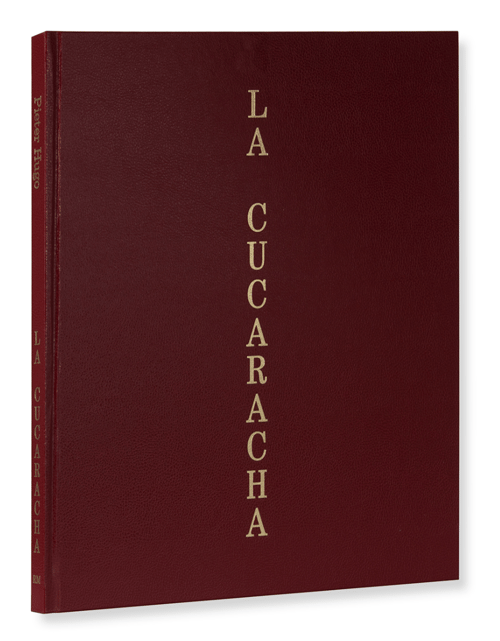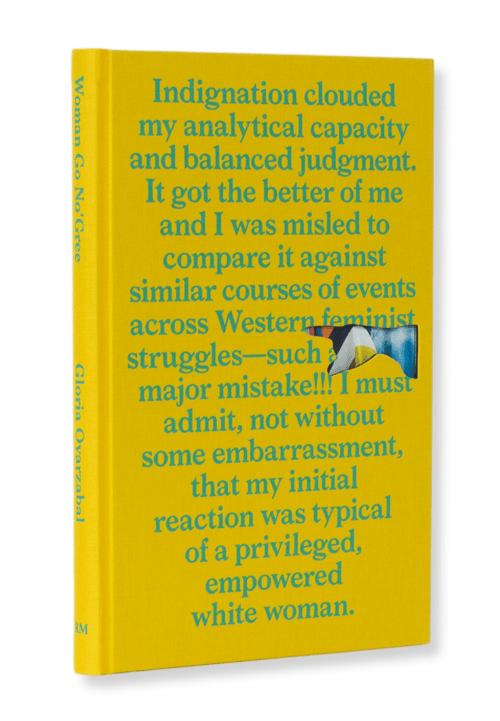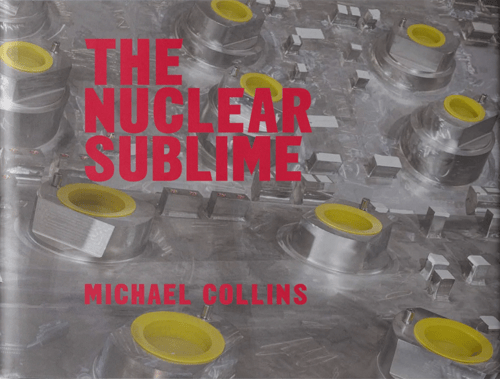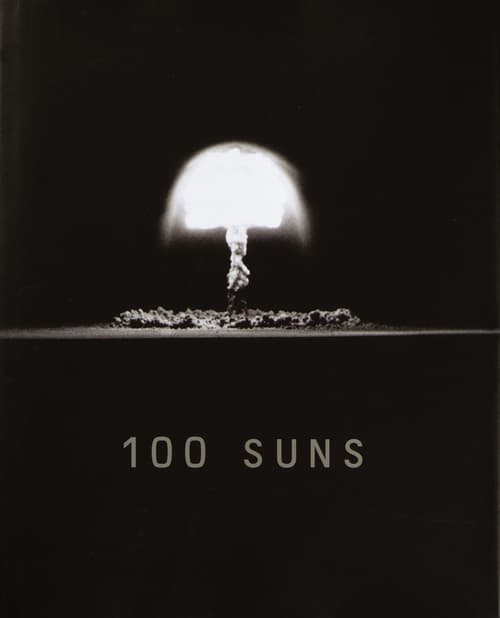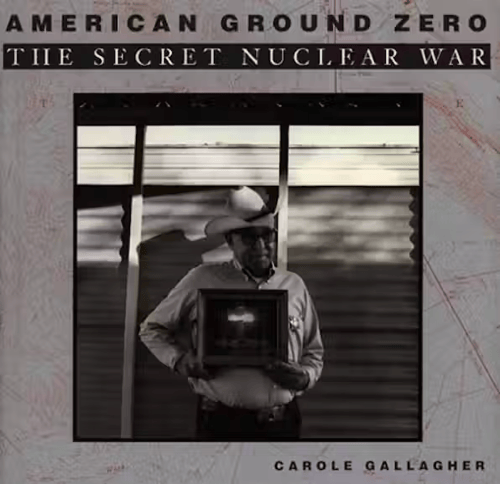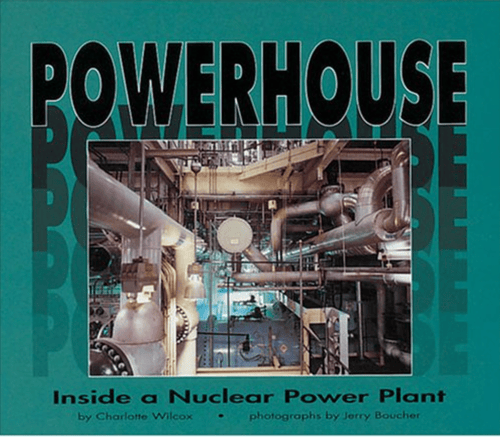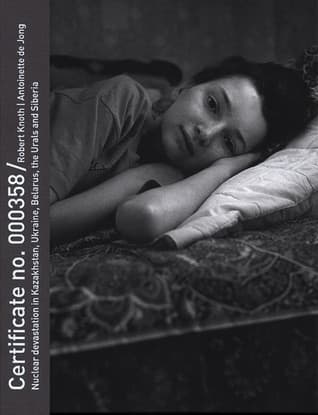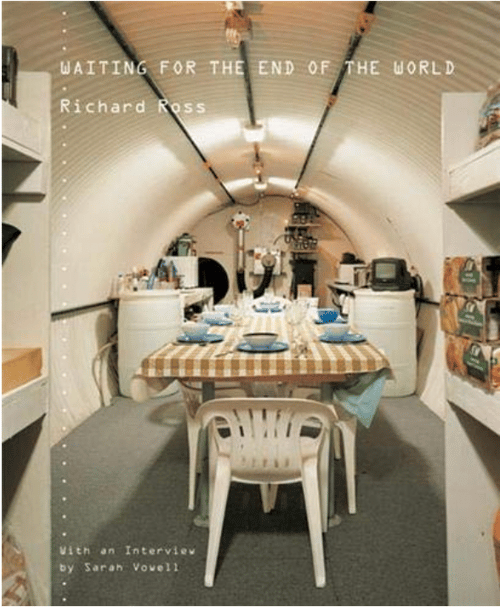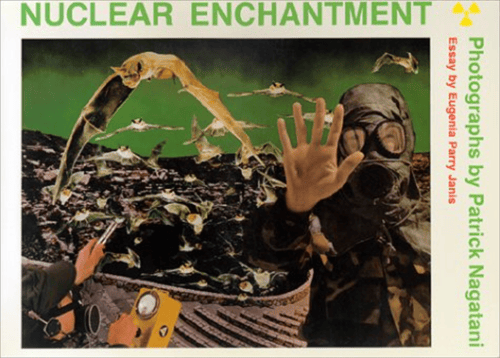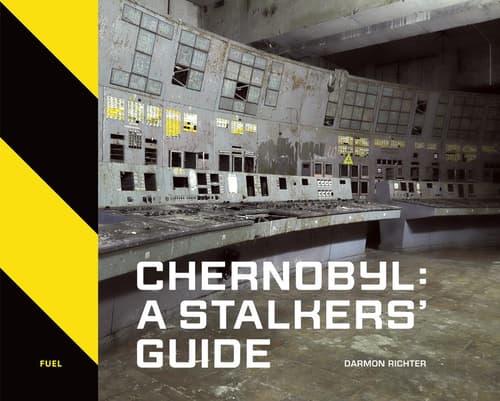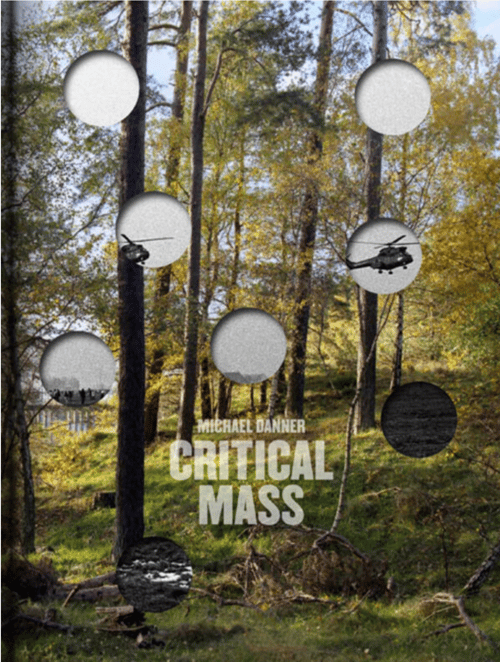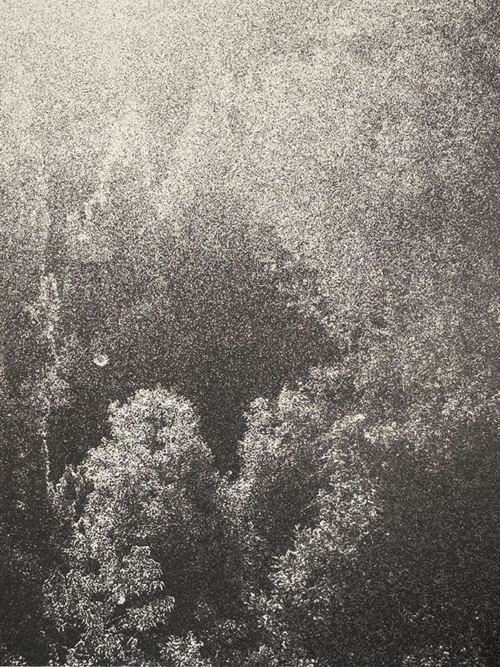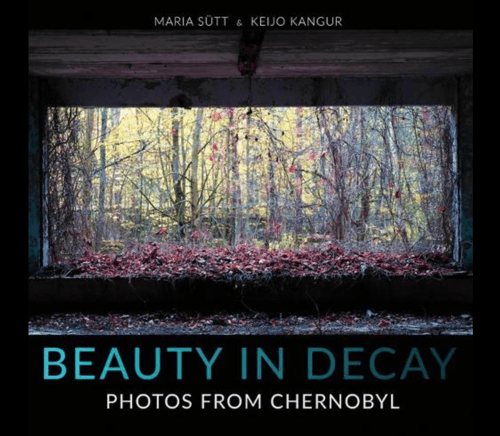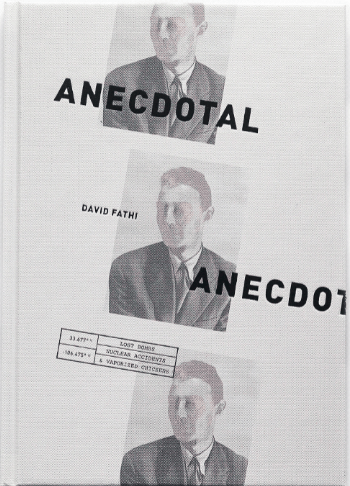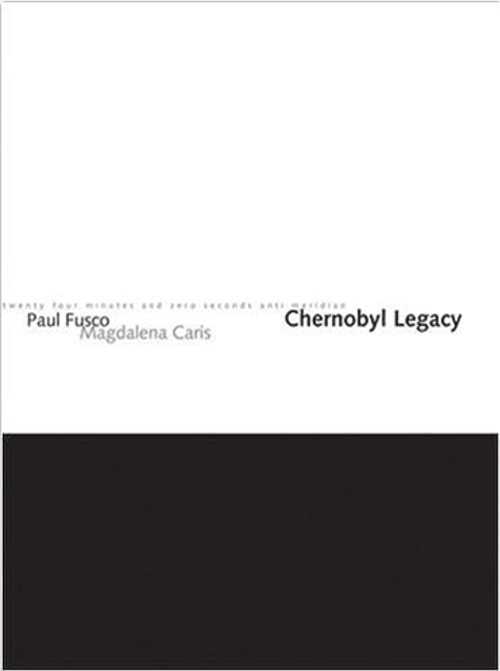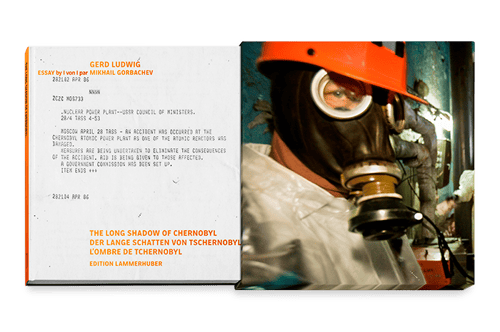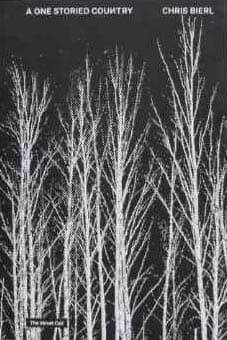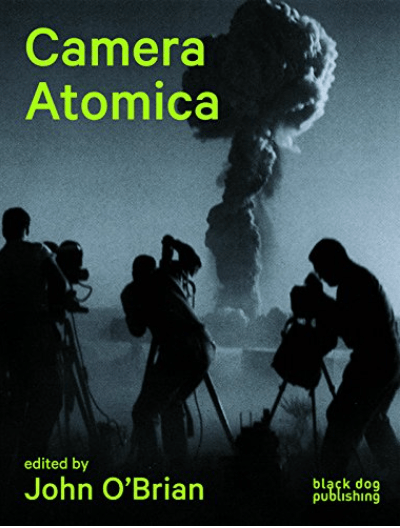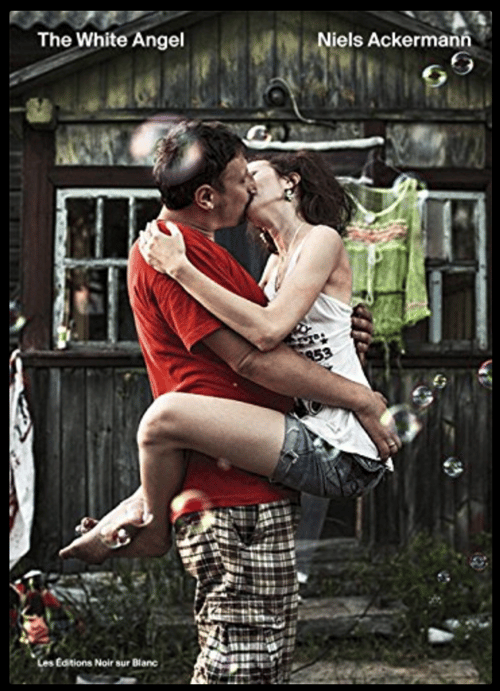Notes
two books and a newspaper replica in slipcase
Publisher Note
In Exposure, Kazuma Obara investigates the effects of the explosion at Chernobyl. Images were created using abandoned negatives Obara collected throughout his travel in the Ukraine. The project includes two photobooks and a replica of a newspaper.
30 years after the world was exposed to its worst nuclear accident in Chernobyl, photojournalist Kazuma Obara portrays people affected by the disaster.
Photographed in the Ukraine between February 2015 and April 2016, “Exposure” follows people of different backgrounds and age groups. Their lives have all been changed by the nuclear accident on April 26, 1986, and the succeeding radioactive fallout.
Obara splits his work into three printed objects: in “Exposure” he tells us about the life of Mariia, a woman suffering ongoing medical problems as a direct result of the nuclear explosion, through texts and images. The photographs were taken with Ukrainian color-negative film found in the remains of Pripyat, the city closest to the Chernobyl power plant. Years of radioactive exposure have given the film an ambiguous, eery quality.
In “Everlasting”, Obara traces the daily commute of numerous people between their hometowns and Chernobyl as a metaphor for the repetitious cycle and the handing-down of the decontamination work from generation to generation.
Finally, the third printed matter included in “Exposure” is a replica of an old newspaper found in the city of Pripyat.
__
“In January 2015, I decided to undertake a project on the Chernobyl nuclear disaster. Two months later, I had the opportunity to exhibit in Kiev the photographs which I had taken of the disaster caused by the nuclear accident at the Fukushima Daiichi power plant. I made a visit to the city to attend the opening, where I was greeted by one of the guests, Maria. She told me that she had a serious thyroid disease. A very sociable woman with a cheerful smile on her face, she was entirely different from what I had imagined from a victim of the Chernobyl accident. We exchanged contact information and promised to see each other again.
We met again that July. I contacted Maria and asked her to tell me more about her life story. I sent her a list of questions in advance before visiting her at the apartment where she lived with her husband. At the beginning of the interview, Maria read out her answers to my questions which she had composed into an essay, as if she were reading me a long letter. ‘I asked my mother a lot of questions, as I hardly know exactly what happened back then’, she said. The interview lasted over two hours. Every now and then tears welled up in her eyes, some of which streamed down her cheeks, silently. Her words had a profound impact on me, and I became determined to convey her words above anything else.
In April, by sheer chance I had got my hands on some twenty rolls of Ukrainian medium format film which had expired in 1991 or 1992. The film had been found in Pripyat, the city that was abandoned following the nuclear accident. I loaded the film into my camera and began to photograph. After several experiments, the images published in this photobook finally emerged. The resulting images were rather abstract, avoiding any instant identification with Chernobyl. Because of this ambiguity, I felt that these images had the potential to overcome the current overflow of images of Chernobyl, a topic that seems to have been over-exposed over the last thirty years. However, the photographs seemed to me to have lost their original power. They were waiting for Maria’s voice to accompany them. By bringing the images and her words together, I hope that readers will be able to feel at least a tiny part of her long-lasting, invisible pain.
The title of this book, Exposure, has multiple meanings. As a technical photographic term, it refers to the process of exposing film to light. It also refers to the disclosure of a secret or the state of being in the public eye. And last but not least, it refers to the radiation experienced by those affected by the Chernobyl nuclear accident.
Just as Maria’s stories had not seen the light of day, the film I used for this project was kept in darkness for thirty years. By exposing this film to light, I hope in some way to have helped reveal her existence to the world.”
Kazuma Obara (Text from Afterword/ Editorial RM/ 2017)
__
Kazuma Obara (1985) is a Japanese photojournalist. He studied social sciences at Utsunomiya University and continued his studies at Days Japan Photo Journalism School.
| Publisher | |
|---|---|
| Release Place | Barcelona, Spain |
| Edition | 1st edition |
| Release Date | 2017 |
| Credits |
Artist:
|
| Identifiers |
ISBN-13:
978-84-17047-33-7
|
| Work | |
|---|---|
| Subform | Photobook |
| Topics | Atomic Energy, Chernobyl, Nuclear, Nucleare |
| Methods | Photography |
| Language | English |
| Object | |
|---|---|
| Format | hardcover |
| Dimensions | 19.6 × 29.7 cm |
| Interior | |
|---|---|
| Pages | 149 |
